In the photography world, there’s no question that Canon reigns king. And within the Canon family of lenses, one question often comes up among newcomers: AF or MF? What’s the difference, and which should I use? In this guide, we will answer those questions and more. By the end of this article, you will know exactly what are the advantages of each type of focus, when to use them, and how they can help you take better photos. Let’s get started!
Focusing Systems in General
One of the first things you notice on your camera lenses, besides the brand name, is a small switch that toggles between two different focusing modes: auto focus (AF) and manual focus (MF). But what do these really mean and when should you use each? Let’s go over the basics of each focusing system to help you make the best decision for your needs.
What is AF?
Focusing systems in general have come a long way since their inception over a hundred years ago. The first cameras were completely manual, meaning that both the lens and the shutter had to be focused and set by hand. This was obviously a cumbersome and time-consuming process, so eventually manufacturers began introducing semi-automatic options.
The way it works is that the camera will detect contrast edges in the scene and use them to determine what parts of the image are in focus.
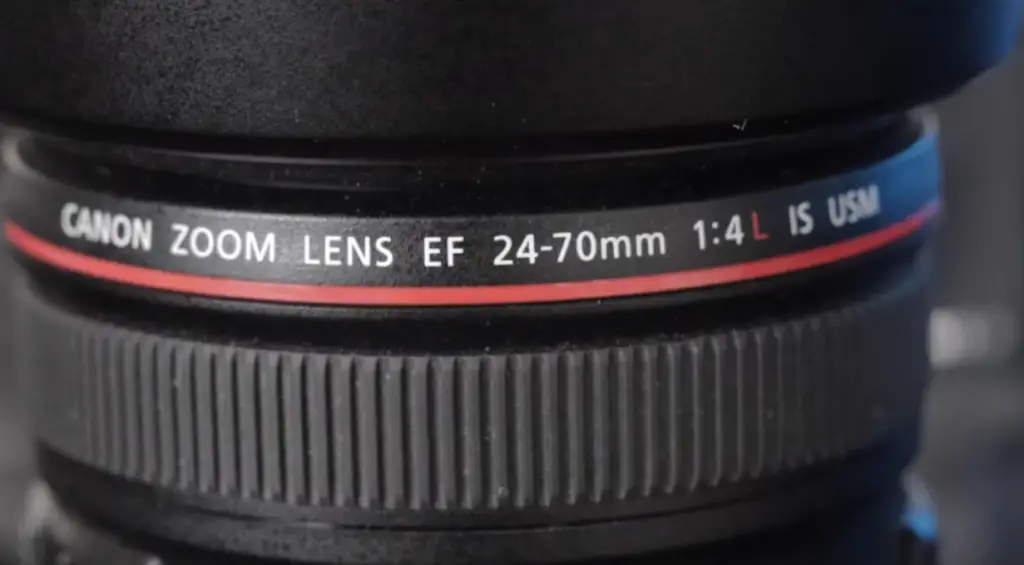
There are two main types of AF modes: Single-Shot and Continuous.
Single-Shot AF is the more common of the two and is used in most general photography situations. As its name suggests, Single-Shot AF will only try to focus the lens once when you half-press the shutter button.
Continuous AF, on the other hand, is designed for action photography where your subject is moving around a lot. In Continuous AF mode, the camera will continuously adjust the focus of the lens as your subject moves, giving you a better chance of getting a sharp photo.
One thing to keep in mind with autofocus is that it can sometimes hurt for focus if it can’t find a good contrast edge to lock onto. This usually happens in low light or when your subject isn’t well-defined. When this happens, you can switch to manual focus mode to take control of the focus yourself. And since autofocus uses a motor, it can be pretty noisy too. So if you’re trying to film a video or take a photo without drawing attention to yourself, manual focus might be the way to go. [1], [2]
What is MF?
MF stands for manual focus. With MF, you use the focusing ring on the lens to set the distance yourself. This is often done by looking through the viewfinder and turning the ring until things look sharp. Some lenses have a distance scale marked in feet or meters that can help you with this process.
With MF, you’ll have more control over your photos because you can fine-tune the focus precisely how you want it. This is especially useful for macro and close-up photography or when shooting with very shallow depth of field. [1], [2]
Comparison of AF and MF modes
So, which one should you use? AF or MF? It really depends on the situation. On the first glance, it may seem like AF is the way to go since it’s automatic and doesn’t require you to do anything. Actually, the main advantage to using Autofocus is because it saves so much of your time. But things are more complicated than that. There are cases where MF can be a better choice. In this section we will cover the situations where you might want to use one over the other.

When To Use Autofocus Modes
In some situations, Autofocus has a clear advantage. Let’s take a look at them.
Shooting action sequences
This is probably the most obvious one. If you are trying to photograph something that is moving, then using autofocus is an easy choice. It would be very difficult to try and manually focus on a moving object. Even if you could do it, it’s unlikely that you would get a sharp image since the subject would have moved by the time you took the photo. Continuous AF mode is especially useful for this type of photography since it will keep the subject in focus even if it is moving around.
Portraits
If you are shooting a portrait, autofocus is usually the best choice. It allows you to quickly focus on the subject’s eyes without having to worry about anything else. Since all the focus of the photo is on the face, you don’t need to worry about anything else in the photo being in focus.
Autofocus is also a good choice if you are shooting children. You want to take a shot of their expression as soon as possible and autofocus allows you to do that. In addition, children might start getting uncomfortable if you have to take a long time to focus the camera.
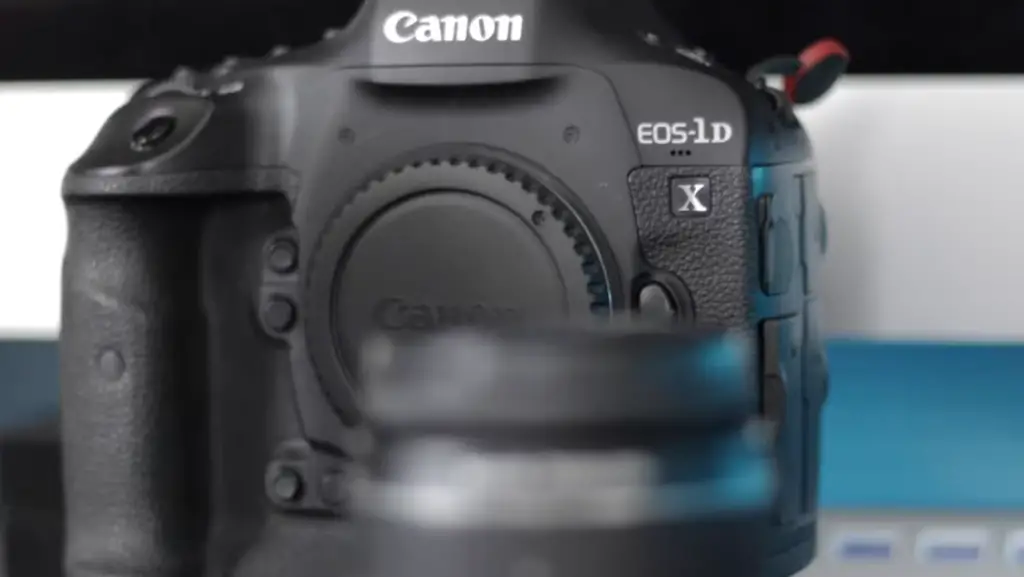
Wildlife shooting
This is one of the most popular genres where people use autofocus. When you are shooting animals that are constantly moving, it’s very difficult to keep up with them and manually focus. In this case, using an autofocus mode will save you a lot of time and hassle. Wildlife is unpredictable by nature, so you never know when the perfect moment will happen. By using autofocus, you can be sure that your lens will be able to quickly and accurately focus on the subject, even if it’s moving.
When you need tracking
With MF, you would need to manually adjust the focus point every time your subject moves, which can be quite tedious and time-consuming. However, if your subject is relatively still, then MF might be a better option since you have more control over the focus point.
Another thing to consider is that not all lenses are able to track a moving subject accurately. In general, lenses with longer focal lengths tend to struggle more with this than shorter ones. [1], [2], [3]
Why You Might Want To Use Manual Focus (MF)
Still, you shouldn’t brush off MF just yet. Even though it might seem like autofocus is the way to go in all situations, there are still some cases where manual focus can be a better choice.
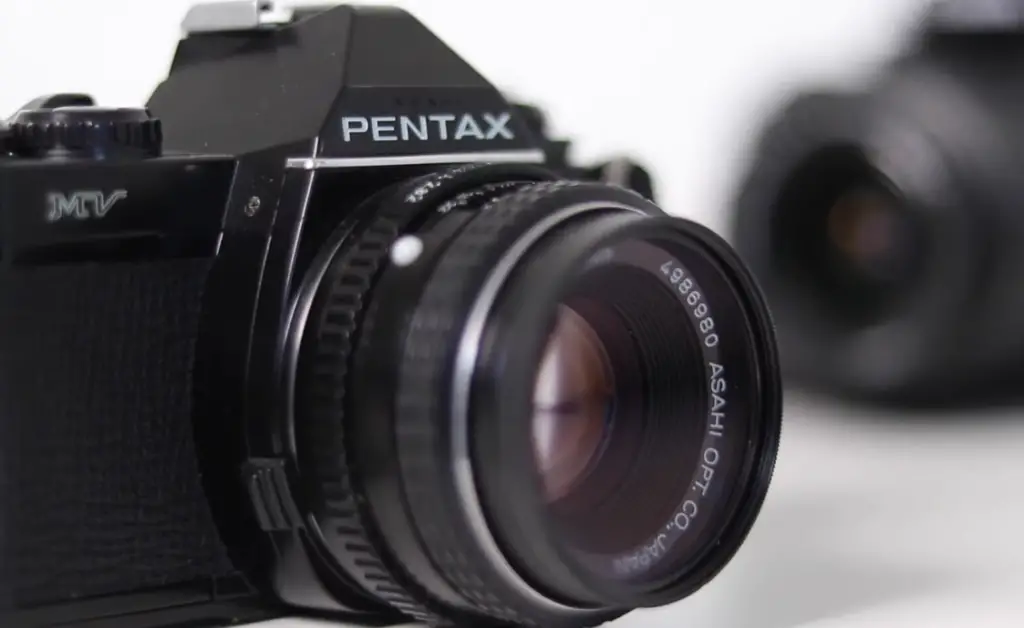
Landscapes
One of the most popular reasons to use MF is for landscape photography. In general, you’ll want everything in your photo to be sharp and in focus from front to back. This can be tricky to achieve with autofocus because it often has a hard time finding something far away that’s small in the frame to lock onto. With manual focus, you can take your time and make sure everything is exactly where you want it before taking the photo.
You can achieve great results by turning the focus ring slowly until you reach the infinity symbol on the lens. This will ensure that everything from close-up to far away is in focus. If you’re not sure whether something is in focus, you can use the magnifying feature on your camera’s LCD screen or viewfinder to zoom in and take a closer look.
Macro photography
Macro photography is one of those cases.
When you’re shooting close-up images, the autofocus system can have a hard time locking onto the subject. In these situations, it’s often better to switch to MF so that you can take full control over the focus point. By switching to manual focus, you can be sure that your camera won’t move an inch, ensuring that your photos are sharp and in focus.
Another advantage of using MF for macro photography is that you can fine-tune the focus until you get exactly what you want. With autofocus, once the camera has locked onto a subject, it will stay there until you tell it to focus on something else. This can be frustrating if you want to make small adjustments to the focus point. With MF, you can make these adjustments easily and get the exact level of sharpness that you’re looking for.
When you need finer detail in your photos
This isn’t always the case but, in general, MF gives you more control over the focus point in your photo. With AF, the camera is making decisions about what it thinks should be in focus.
Sometimes, the camera gets it right but other times it doesn’t quite understand what you’re trying to photograph. This is especially true when you’re photographing something with a lot of detail or texture like a close-up of a flower or a person’s face.
When shooting backlit shots
If you are shooting a backlit subject, such as something surrounded by sunlight, then autofocus might have some trouble. In this case, it’s better to switch to manual focus so that you can be sure that the sun is in focus.
Backlit shots can be tricky for autofocus because the contrast is low. This means that the autofocus system might not be able to find the right point to focus on. By switching to manual focus, you can set your focus in the correct way and make sure that everything is perfect.
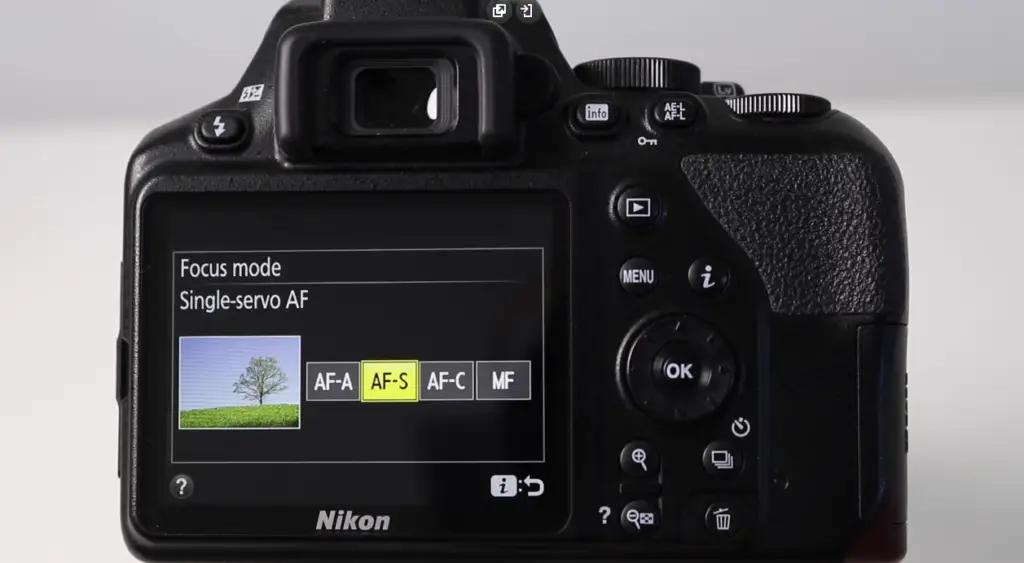
Night photography
Autofocus can have a hard time locking onto low-contrast subjects in dim lighting, which is why night photography is often a manual focus affair. If you’re shooting the stars, for example, you’ll want to switch your lens to MF.
One example is night photography. When it’s dark out, autofocus can have a harder time locking onto your subject. If you’re shooting stars or the northern lights, for instance, you’ll want to use MF so that your camera isn’t trying to focus on something that’s not there.
Another low-light situation where you might want to switch to MF is when you’re taking photos through glass. Whether it’s a window or aquarium, the glass can confuse autofocus and cause your camera to focus on the wrong thing. In this case, it’s often best to switch to MF and place the focus manually.
When you have a very shallow depth of field
Another time you might want to use MF is when you have a very shallow depth of field. With a shallow depth of field, it can be hard for autofocus systems to lock onto the right part of your scene. This often results in front- or back-focusing, where either the foreground or background appears sharp while your subject appears blurry.
This is probably the most common reason why photographers will switch to MF. When you have a shallow depth of field, autofocus can sometimes struggle to nail the focus exactly where you want it.
With MF, you get the absolutely perfect focus, and you don’t have to worry about your camera hunting back and forth trying to find the right spot. [1], [2], [3]
FAQ
What is AI Servo AF?
In this mode, the camera will continuously adjust the focus to keep your subject in focus. This is opposed to One Shot AF, which only adjusts the focus once.
What’s the difference between AF and MF on a Canon lens?
The main difference between AF and MF on a Canon lens is that AF stands for autofocus while MF stands for manual focus. With an AF lens, the camera will automatically adjust the focus of the lens based on what it is pointed at. With an MF lens, the photographer must manually adjust the focus ring on the lens to get the desired effect.
Should I use autofocus or manual focus?
The answer to this question depends on a few factors, including the type of photography you’re doing and your personal preferences. If you’re shooting fast-moving subjects, or if you simply prefer the convenience of autofocus, then AF is the way to go. On the other hand, if you’re shooting static subjects or want more control over your focus point, then MF is probably a better option.
What is the disadvantage of manual focus?
One disadvantage of manual focus is that it can be pretty slow, especially if you’re not used to it. It can also be tricky to get the focus just right in action shots. But other than that, there really isn’t any downside to using manual focus – it just takes a little practice to get the hang of it.
What AF mode should I use for Canon?
There are many factors to consider when choosing an AF mode, such as the type of subject you’re shooting and the environment you’re shooting in. However, if you’re just starting out, we recommend using either One-Shot AF or AI Servo AF.
One-Shot AF is best for stationary subjects, like landscapes or portraits where your subject isn’t moving. AI Servo AF is ideal for moving subjects, like action shots or wildlife photography.
Useful Video: Manual Focus vs Autofocus | Difference Between an Auto Focus & Manual Focus Lens
Conclusion
The choice between auto and manual focus can confuse even the most experienced photographer. With so many factors to consider, it can be difficult to decide which is right for you. In general, AF is great for most photography situations where your subject is moving around or you need to capture a moment quickly. One such example is wildlife photography. If your subject is constantly moving, you’ll need the speed and accuracy of auto focus to get the shot. On the other hand, manual focus can be very helpful in achieving a specific look or when shooting static subjects like landscapes. And when shooting close-ups (macro photography), for instance, it can be difficult for autofocus systems to lock onto the tiny details of your subject. In these cases, switching to MF and fine-tuning your focus by hand can give you much more control over your final image.
If you’re just getting started with photography, we recommend using AF most of the time. As you become more comfortable behind the lens, experiment with MF to see how it can help you capture the images you want. No matter which option you choose, always remember to have fun!
References
- https://www.bwillcreative.com/should-you-use-af-or-mf-focus-modes-explained/
- https://clicklovegrow.com/af-or-mf-which-one-and-when/
- https://www.photoworkout.com/manual-focus-vs-autofocus/





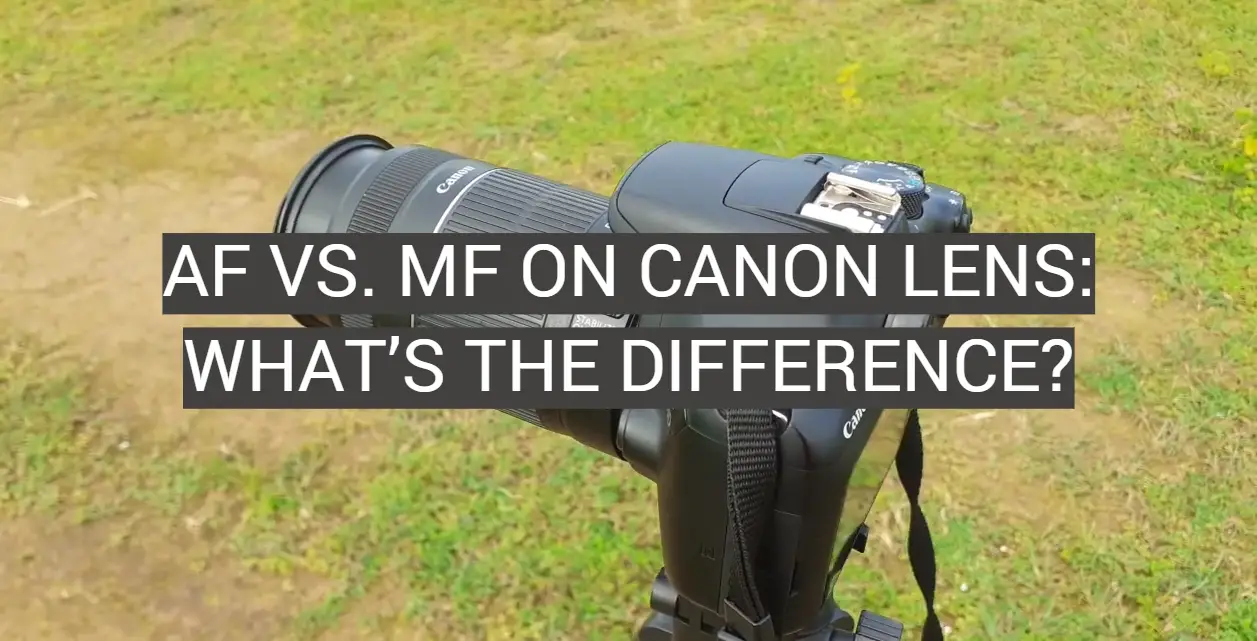
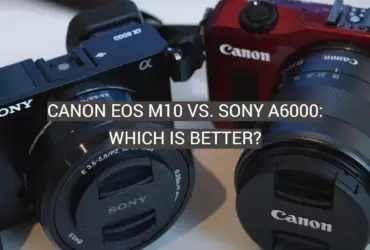

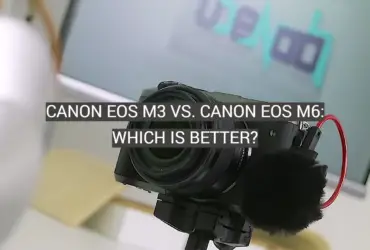
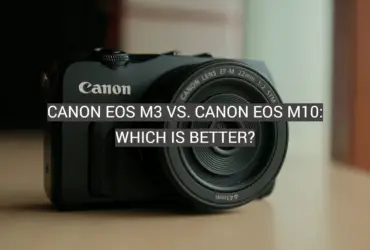

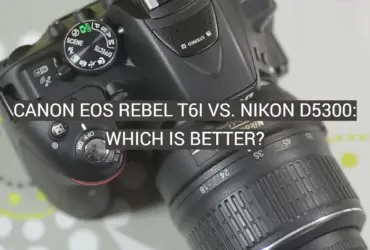
Leave a Reply